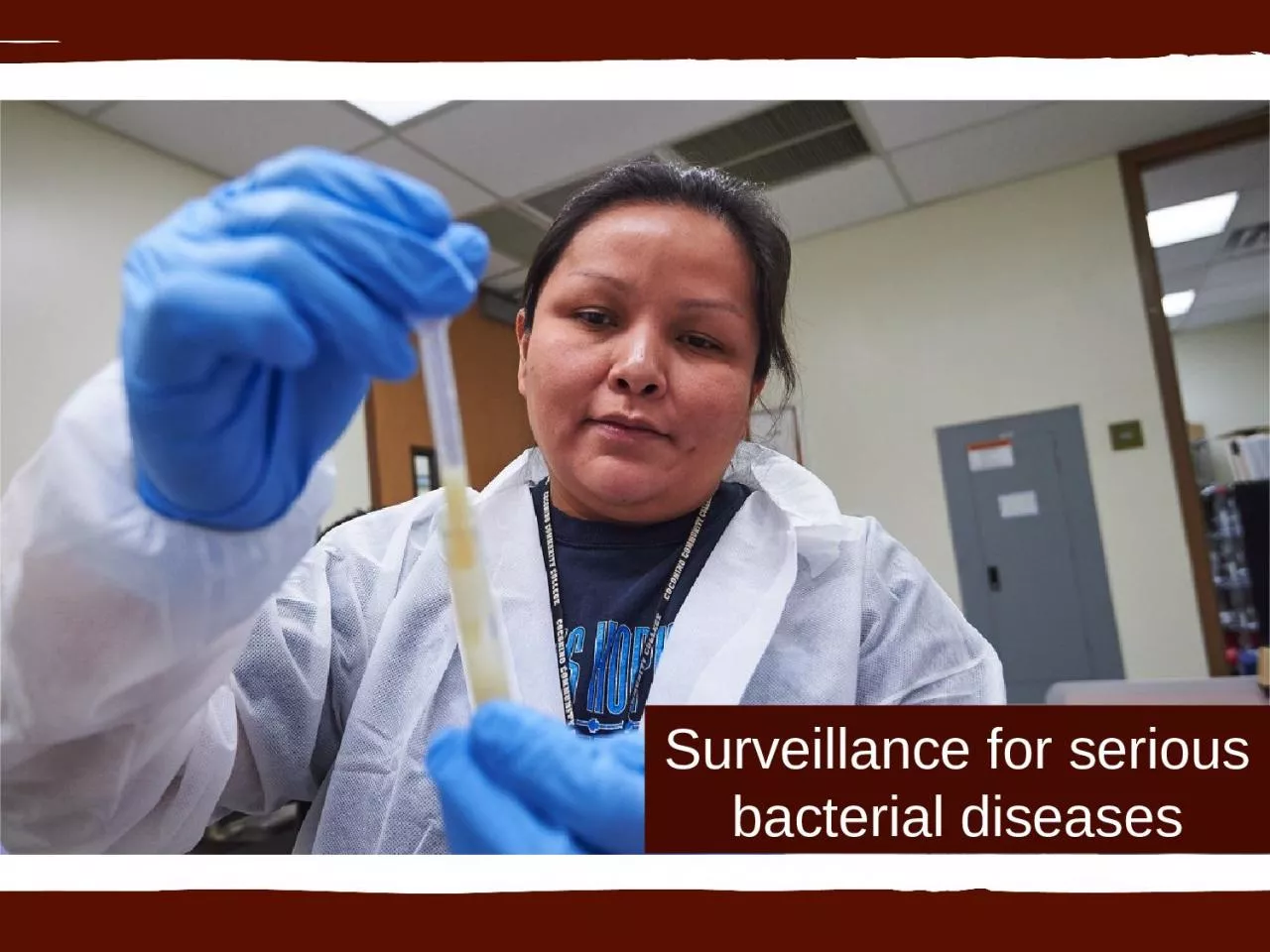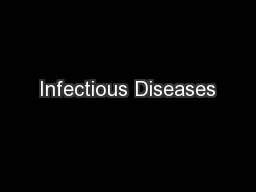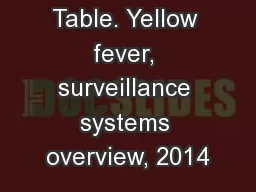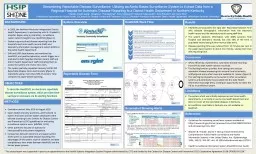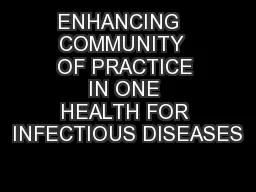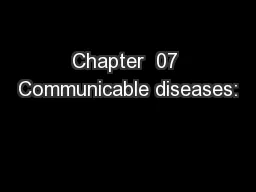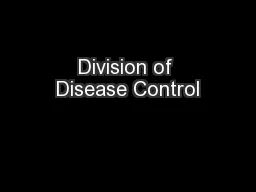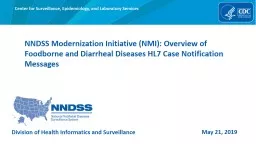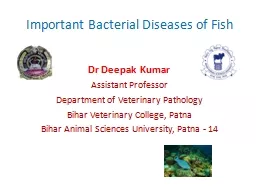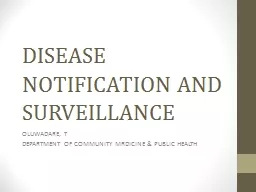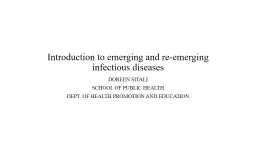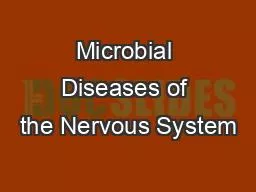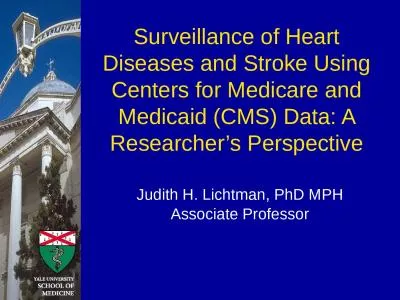PPT-Surveillance for serious bacterial diseases
Author : WhiteGhost | Published Date : 2022-07-28
Overview of Active Bacterial Surveillance What we do Identify serious illness among Native Americans caused by four germs Streptococcus pneumoniae Haemophilus influenzae
Presentation Embed Code
Download Presentation
Download Presentation The PPT/PDF document "Surveillance for serious bacterial disea..." is the property of its rightful owner. Permission is granted to download and print the materials on this website for personal, non-commercial use only, and to display it on your personal computer provided you do not modify the materials and that you retain all copyright notices contained in the materials. By downloading content from our website, you accept the terms of this agreement.
Surveillance for serious bacterial diseases: Transcript
Download Rules Of Document
"Surveillance for serious bacterial diseases"The content belongs to its owner. You may download and print it for personal use, without modification, and keep all copyright notices. By downloading, you agree to these terms.
Related Documents

